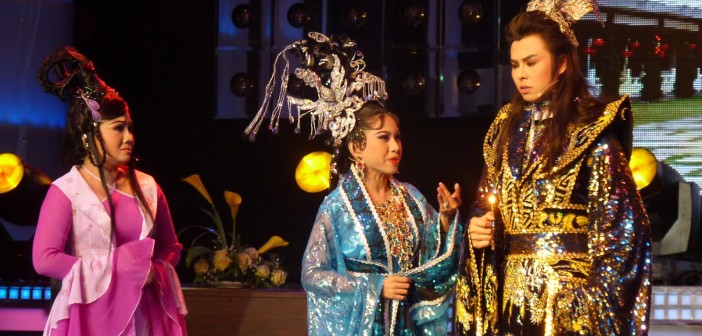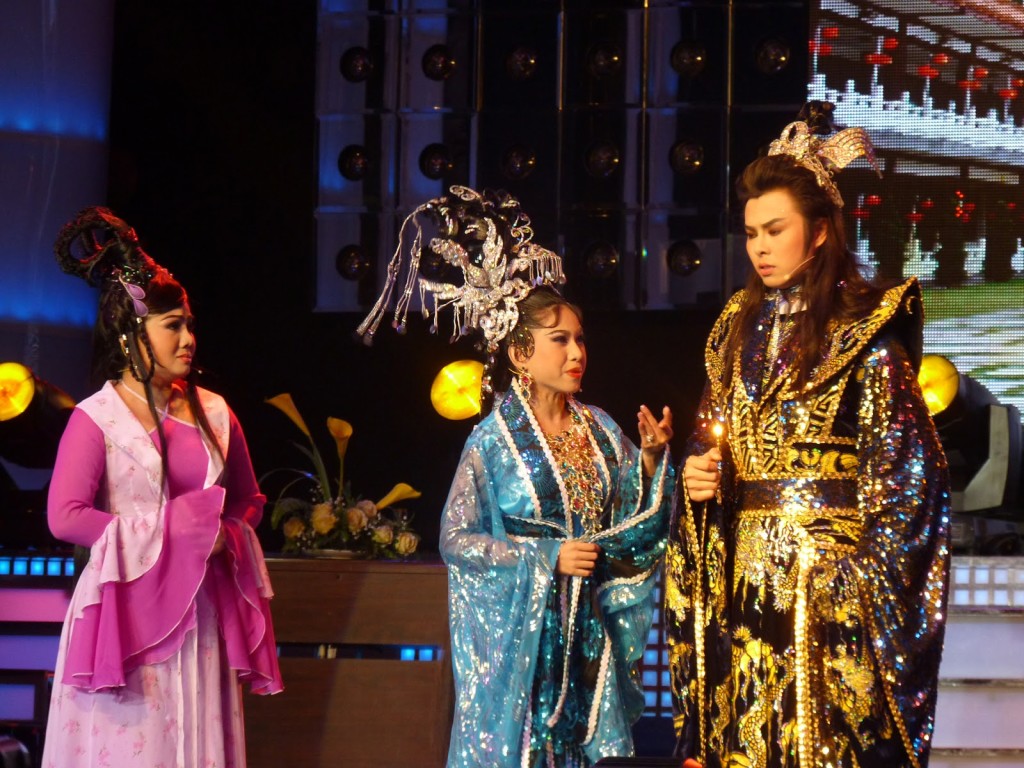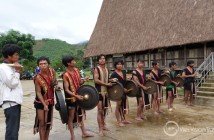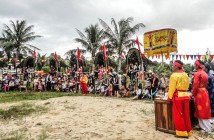Theatrical and operatic genre born in the Mekong Delta in the early 20th century, derived from Ly folk songs and from the music of amateur musicians in the region.
At first, Cai Luong consisted of songs with mime or gestures to illustrate excerpts from popular novels in verse, such as Luc Van Tien or Luu Binh and Duong Le. During the 1920s, renovated theater spread rapidly with the development of the Vong Co tune (created by Su Lau) as its basic musical element. Many Cai Luong troupes came into being in this period, including renowned actors such as Nam Phi, Phung Ha, Ba Du, Tam Danh, Nam Chau, and Ba Van. Around 1930, renovated theater also became popular in the north, with well-known actors such as Si Tien, Tho An, Anh De, Huynh Thai, and Bich Hop. The economic crisis of the 1930s led to the disintegration of many troupes. The survivors shifted from traditional pieces and social criticism to fairy tales, popular romantic novels and martial arts.
In opposition to the commercialization of Cai Luong, dedicated artists such as Nam Chau worked for a wholesome and realist art. The tune Vong Co remained without competition.






